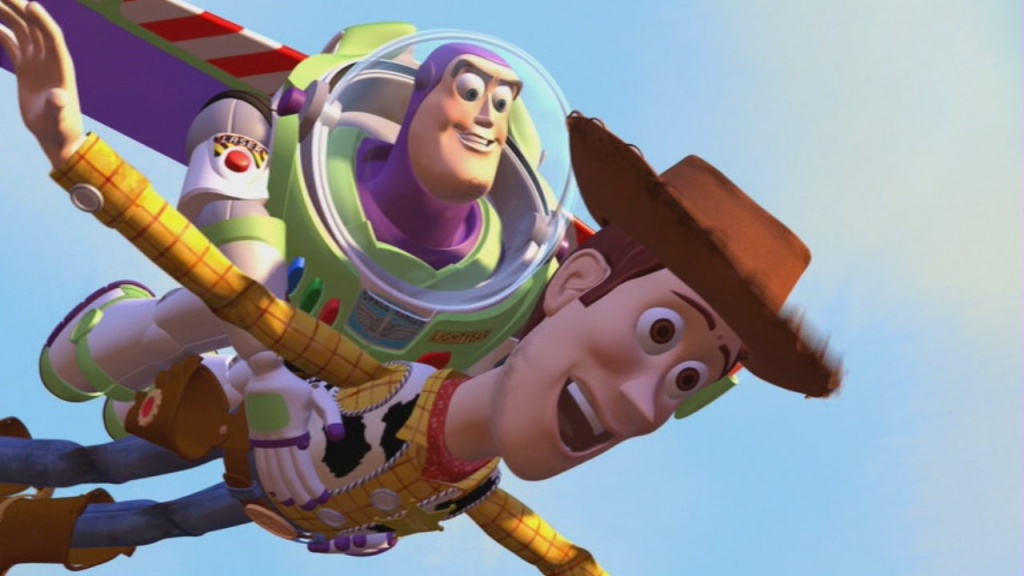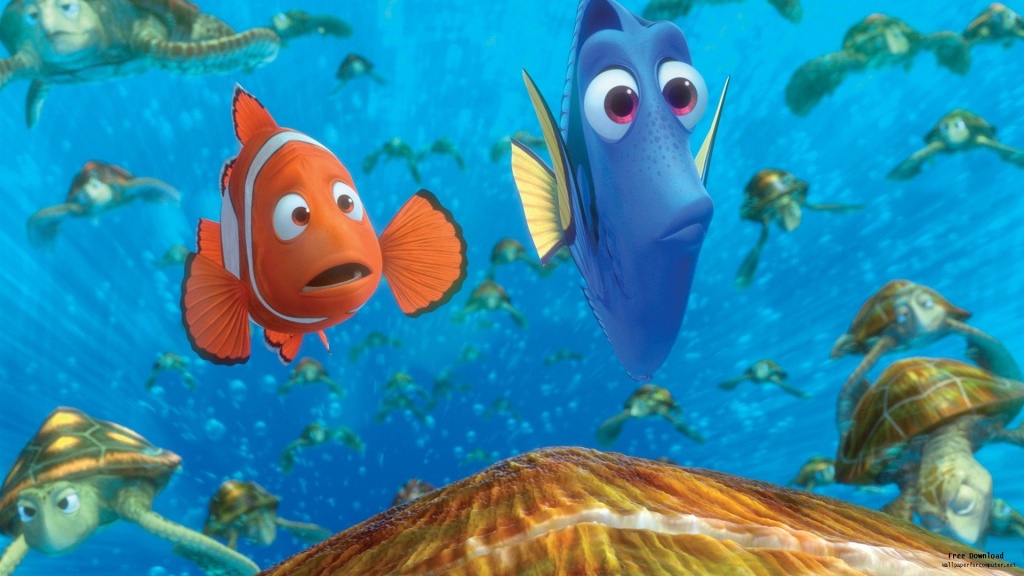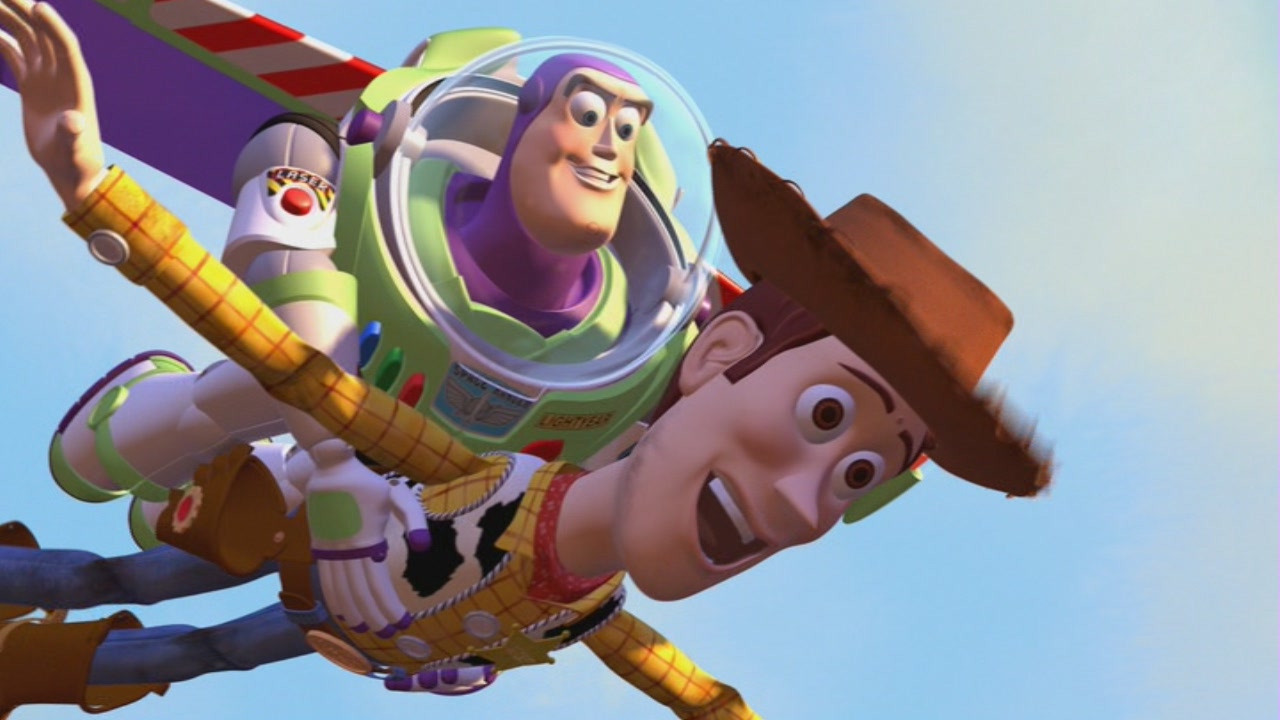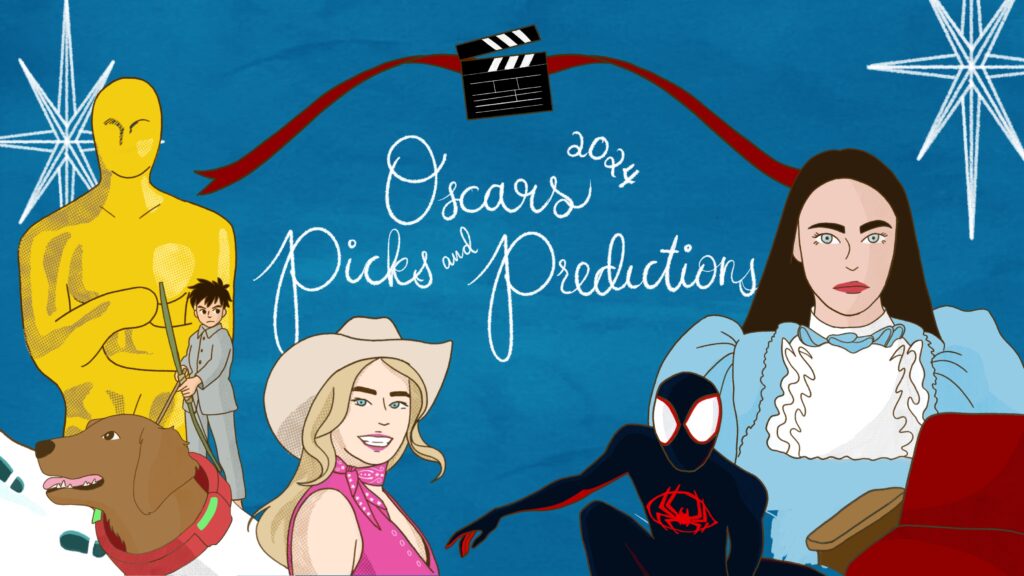It’s easy to take Pixar for granted sometimes. After all, it’s been around since 1995, around the time when most people from our generation were born. We grew up with it, and like everything else that’s been around since our childhood, we tend to forget just how special the studio is. It’s a company that’s constantly been pushing the envelope in animation, both through the detail of its art and the richness of its stories, for two decades. With their movies making an average of $610 million each at the worldwide box office, while simultaneously averaging an 89% (93% if you exclude Cars 2’s outlier grade of 39%) on Rotten Tomatoes, you could even make the case for Pixar being the most consistently excellent studio working today, animated or otherwise.
Some people may scoff at this; after all, animated movies still carry the unfair stigma of being “simple” or “for kids” in many circles. However, Pixar has managed to successfully bridge the perceived gap between high art and pop art, having been celebrated both by critics and by the general public. At its very best, the studio is a peerless masterpiece factory, effortlessly blending spectacle with substance, emotion, and undeniable heart.
To celebrate both the studio’s twentieth year and its return to form with this year’s universally acclaimed Inside Out, let’s take a look back at Pixar’s long and sometimes rocky road to cinema prominence.

Sourced from http://images5.fanpop.com/image/photos/25100000/Toy-Story-disney-25172706-1280-720.jpg
The start of something new (1995-1999)
Toy Story (1995) – 4.5/5
A Bug’s Life (1998) – 3.5/5
Toy Story 2 (1999) – 4.5/5
When it was released in 1995, Toy Story was unlike anything anyone had ever seen. It’s easy to forget how groundbreaking it was twenty years later—especially because nearly every computer-generated imagery or CGI animation movie since has improved upon its now-dated visuals. Still, Pixar’s true strength has never been how their films looked (though their films consistently look great), but rather, the stories they told. For all of Toy Story’s technical innovations, its re-watchability stems from its entertaining plot, well-written characters, and powerful set pieces. It remains an excellent feature, and its $362 M take at the box office near-singlehandedly saved Pixar from the gutter.
Pixar followed up the immense success of Toy Story with two more features before the decade’s end–the good-but-not-quite-great A Bug’s Life and Toy Story 2, a sequel every bit as fantastic as the original. Both films made bank at the box office and were adored (and continue to be adored) both critically and commercially. With its first three features, Pixar had signaled its arrival as an up-and-coming production company, and things would only get better.

Sourced from http://wallpaperforcomputer.net/uploads/posts/2013-05/1368321614_finding_nemo_3d_movie_hd_desktop_wallpaper_10_1920x1080.jpg
Turn of the millennium (2001-2006)
Monsters, Inc. (2001) – 4/5
Finding Nemo (2003) – 5/5
The Incredibles (2004) – 5/5
Cars (2006) – 3.5/5
Monsters, Inc., the studio’s first release in the 21st century, was a technical marvel, as well as a pretty solid film in its own right. We barely notice it now, but the studio being able to render fur with such clarity and refined quality was huge at the time. Meanwhile, its inventive story and beautifully constructed universe remain unique even today. Despite this, the movie tends to get lost in the shuffle sometimes, especially when compared to Pixar’s next release: Finding Nemo.
Finding Nemo was an absolute box office monster, raking in an astonishing $936.7 M in revenue. The film was a cultural phenomenon, a critical darling, and a near-perfect piece of cinema.
Pixar followed up the immense success of Finding Nemo with something of a decidedly darker flavor: The Incredibles. Brazenly mature and thematically complex, The Incredibles remains an underappreciated gem in the Pixar catalog—an unimpeachable masterpiece no one really talks about anymore. Its follow-up, head Pixar honcho John Lassater’s passion project Cars, isn’t nearly as good, but the film’s unique take on rustic Americana is pleasantly fresh.
Through its first eleven years of existence, Pixar had already produced two unquestioned magnum opuses (Finding Nemo and The Incredibles), as well as a slew of other great features. All throughout, the studio remained at the forefront of the animation industry, through both cutting-edge visuals and thematically intricate storytelling. However, its best years—and the flawless four-film run that solidified its place as the best animation studio working today—were yet to come.
Stay tuned for Part II of Vantage’s Pixar Retrospective, to be released soon!
*All box office figures from Box Office Mojo.





